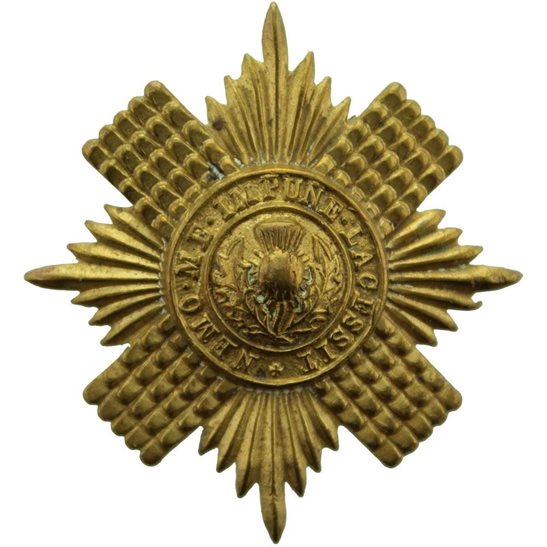Personal Details
Born: 27 April 1896 in Whitchurch, Shropshire and baptised on 8 May the same year in St. Alkmund’s Parish Church.
Family: He was the youngest of eight children born to Stephen Charles Evans, a rural postman, and his wife Sarah Harriet. He married Sarah A Hassall in 1926 in Nantwich, Cheshire and together they had seven children – James C, Thomas, Madge, Annie, Arthur, Ada M and Frank.
Residence: At the time of his baptism the family lived in St. John’s Street, Whitchurch; by 1901 they had moved to 14 Brownlow Street, Whitchurch. In 1911 he lived 30 Egerton Road, Whitchurch. The military service attestation for his brothers Charles and James give the family address as Grindley Brook, Whitchurch and the 1919 Absent Voters’ Register indicates he lived at 16 Grindley Brook. The births of the first six of their children were registered in Nantwich, suggesting they lived there. His medal index card indicates an address in 1924 of 63 Ramsbottom Street, Crewe, Cheshire; in 1939 his address was 20 Ramsbottom Street.
Employment: In 1911 he was a shop errand boy; in 1939 he was a postman and member of the ARP.
Died: In 1963 in Crewe, aged 67.
Military Details
Regiment: Scots Guards
Rank: Private
Service Number: 8525
Date of Enlistment: Not known
Date of Discharge: Not known
Reason for Discharge: Not known
Other Information: His brothers Charles Stephen and James Henry also served in WW1.
Thomas was awarded the Campaign Medals (1914 Star with clasps and roses, British War Medal, and Victory Medal)

The 1914 Star (also known as 'Pip') was authorised under Special Army Order no. 350 in November 1917 and by an Admiralty Fleet Order in 1918, for award to officers and men of the British and Indian Expeditionary Forces who served in France or Belgium between 5 August and midnight of 22–23 November 1914. The former date is the day after Britain's declaration of war against the Central Powers, and the closing date marks the end of the First Battle of Ypres.
The 1914–15 Star (also known as 'Pip') was instituted in December 1918 and was awarded to officers and men of British and Imperial forces who served against the Central European Powers in any theatre of the Great War between 5 August 1914 and 31 December 1915. The period of eligibility was prior to the introduction of the Military Service Act 1916, which instituted conscription in Britain.
The British War Medal (also known as 'Squeak') was a silver or bronze medal awarded to officers and men of the British and Imperial Forces who either entered a theatre of war or entered service overseas between 5th August 1914 and 11th November 1918 inclusive. This was later extended to services in Russia, Siberia and some other areas in 1919 and 1920. Approximately 6.5 million British War Medals were issued. Approximately 6.4 million of these were the silver versions of this medal. Around 110,000 of a bronze version were issued mainly to Chinese, Maltese and Indian Labour Corps. The front (obv or obverse) of the medal depicts the head of George V. The recipient's service number, rank, name and unit was impressed on the rim.
The Allied Victory Medal (also known as 'Wilfred') was issued by each of the allies. It was decided that each of the allies should each issue their own bronze victory medal with a similar design, similar equivalent wording and identical ribbon. The British medal was designed by W. McMillan. The front depicts a winged classical figure representing victory. Approximately 5.7 million victory medals were issued. Interestingly, eligibility for this medal was more restrictive and not everyone who received the British War Medal ('Squeak') also received the Victory Medal ('Wilfred'). However, in general, all recipients of 'Wilfred' also received 'Squeak' and all recipients of The 1914 Star or The 1914/1915 Star (also known as 'Pip') also received both 'Squeak' and 'Wilfred'. The recipient's service number, rank, name and unit was impressed on the rim.


Thomas Richard Evans was my grandfather, my father was Thomas. The 7th child was not Margaret, but a son Frank.
Many thanks for the additional information; we have corrected our website
Terry (Volunteer, Whitchurch Museum & Archives)